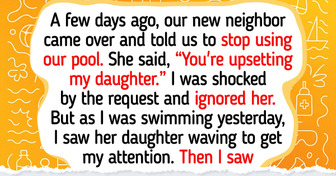I Refused to Pay for the Coffee Machine at Work—Now HR Got Involved

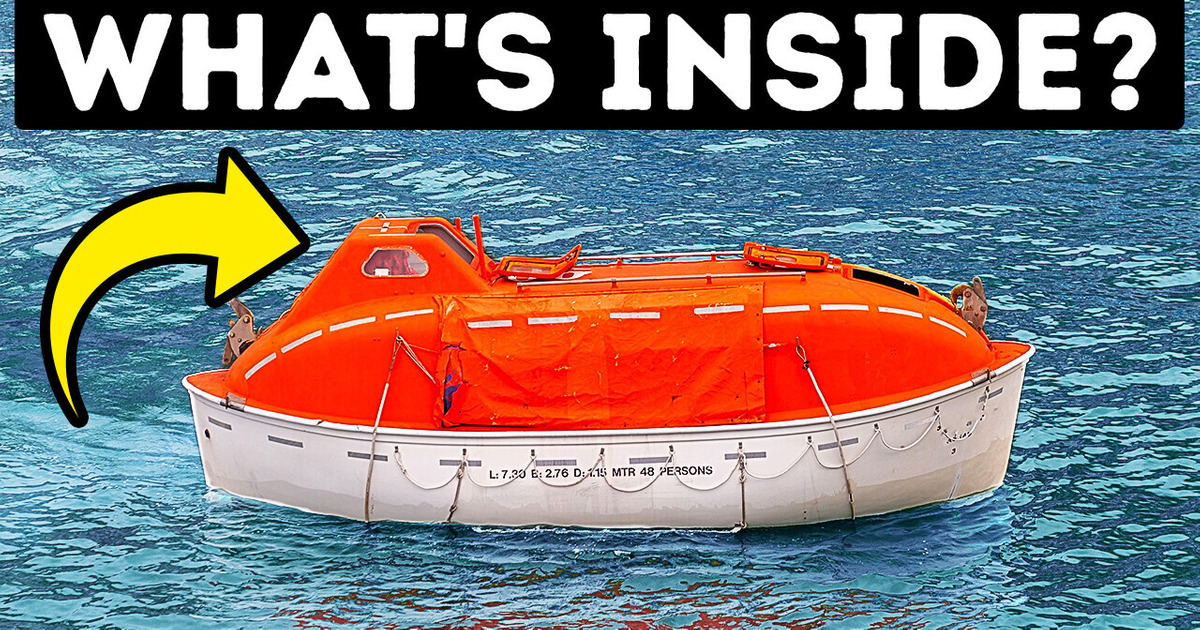
Ships have been around for at least 6,000 years, dating back to Ancient Egypt. In the beginning, they were used for trading and exploring. Ships as an attraction became a thing only a bit over a hundred years ago. But the first cruise ship wasn’t the infamous Titanic as you might think.
The first cruise ship that took passengers on a voyage was a German ship called “Prinzessin Victoria Luise” back in 1900, and it served for 6 years. Modern ships are of course more advanced, but they still have a limited lifespan — they usually serve for about 30 years. A ship much older than that isn’t considered safe and stable anymore due to the metal fatigue, most often of the ship’s hull.

After ships finish their lifespan, they retire and get sent to a shipyard where they get scrapped. Most famous and beloved ships have a better fate — they get turned into hotels and attractions. Since ships are extremely expensive to build, no wonder that they are so huge — often as long as three football fields and as tall as a 20-story building: the companies want to accommodate as many passengers as possible, because it means better profits.
Also, cruise ship cabins are built separately from the ship, because otherwise there wouldn’t be enough space for the construction. They are added to the vessel already in the shipyard where the ship is put together. Quite often, different parts of the ship are even built by different companies.
Voyages are fun, but if you need to get somewhere fast, cruise ships shouldn’t be your first choice, because they are very slow: on average, they travel at the speed of just 23 mph. Ships travel way slower than cars and planes because they move huge amounts of water. Move on the ground, and you’re fast. Now step in a swimming pool and try to run there — it’ll be way harder for you to do, and you’ll be way slower, barely moving through. Now keep in mind that you are much smaller than a ship.
As we’ve seen, ships are massive. When you put something in the water, it displaces the amount of water that is equivalent to its weight. So, a ship displaces thousands of tons of water and then pushes through it. That’s why they are slow. Such huge ships sure have big anchors. An average anchor weighs like four grown-up elephants. The crew members try to avoid dropping the anchor when possible because such a massive thing can severely harm the ecosystems at the bottom of the sea.
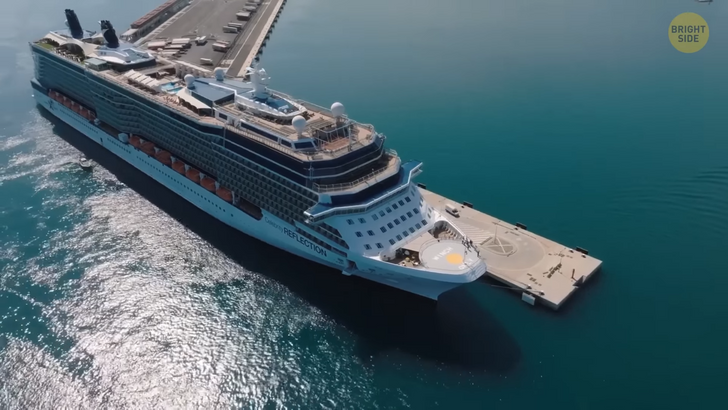
When boarding a ship, the first thing we have to notice is lifeboats. The Titanic was designed to carry 64 lifeboats, but it only had 20 of them. The rest is history, but ever since what happened to the Titanic, ships are required to have safety equipment to accommodate 125% of the people on the ship. So, it’s even more than required, just to be on the safe side.
But here’s a story: in 1915, three years after the Titanic sank, a cruise ship called SS Eastland, which was loaded with extra lifeboats and rafts, sank under the heavy weight of all that extra equipment. But don’t worry — it never happened again. Even though modern cruise ships are very safe, it’s good to be prepared, so let’s take a look inside one of those lifeboats. Firstly, they are orange in color — and it’s not just some orange. This one has a special name — International Bright Orange.
Of course, there is a good reason to use it: better visibility. If we take a look at the color wheel, orange is the exact opposite of blue, meaning that it’s most contrasting to it. So, in between the sea and the sky, which usually appear blue, an orange boat will be the most visible. Life jackets and life preservers are orange for the same reason, as you might have guessed.
But International Bright Orange only became a requirement in 1962. Before that, the life jackets were mostly white. For example, look at those life jackets — these are the ones that were used by the passengers on the Titanic. But white isn’t a good choice at all — it’s particularly hard to spot a white life jacket and a white lifeboat on a white-capped sea.
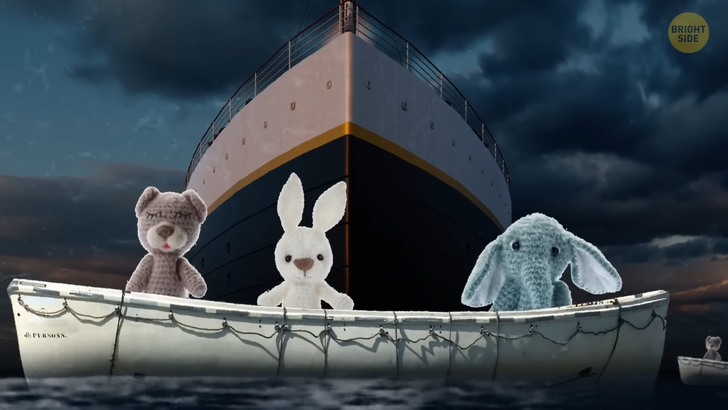
All the equipment inside the lifeboats must meet international requirements and must be kept in good condition. So, the crew members are required to do maintenance every 3 months to avoid any rupture and damage or the lifeboats and everything in them. Firstly, there’s fresh water and food ration, for obvious reasons.
Then, there is a portable compass, which helps determine the direction in which to steer it. The next thing is a signaling mirror. It’s a device that allows the light to attract the attention of passing ships. A less expected thing inside is an embarkation ladder — a rope ladder with wooden or metal steps that is used to ascend or descend from one ship to another. And, finally, there’s a first aid kit.
All cruise ships pick up stranded sailors and fishermen, and that happens quite often. So don’t be surprised if your cruise ship stops in the middle of the sea to pick someone up, it’s common practice. Ships can even change the course to pick up some stranded sailors if they get a distress call.
Have you noticed that all ships — both cruise ships and container ships — always have the bottom of the hull painted red? Yes, it’s a thing.
In early times, when ships were mostly made of wood, sailors were painting the hulls with copper paint, because it was protecting the vessel from wood-eating worms, barnacles, and seaweed. The cooper was the ingredient that was giving the paint that color. All this muck wasn’t only impairing the vessel’s structure but was also increasing the drag, preventing the ships from moving as fast as they could have. So, protective paint is important to reduce the number of barnacles that get accumulated.
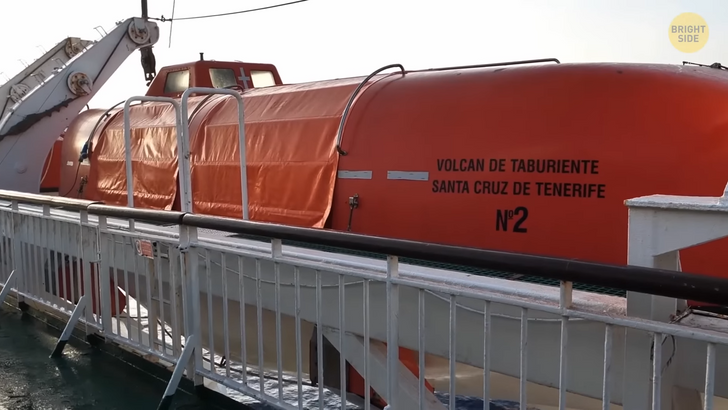
These days, of course, hull-protecting ingredients can be added to any kind of paint, and there is no practical need to paint the bottom of the hull red. But it’s still being done to honor the old tradition. Still, even the most modern paint doesn’t allow to completely avoid the growth of barnacles on the hull.
Also, most ports don’t even allow you to scrape those off the hull once you dock. That’s because the ships that arrive from far away waters can bring along non-native species of seaweed and other organisms which can severely harm the local ecosystem. Crew members sleep in that lower part of the ship, the underwater one. It’s called a “B deck” and there are dorm-style rooms in the hull just for the crew members.
Also, you might have noticed that there are numbers painted vertically on the side of the hull. The red background helps them stand out more, which is important since those numbers are crucial. They help you understand how much load the ship is carrying. The more weight there is on board, the lower in the water the vessel will sit.
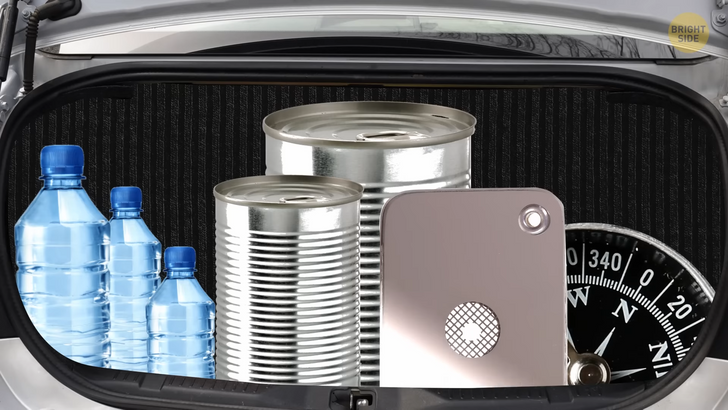
If you watched movies about pirates or heard sailors talk, you might have noticed that the ships are referred to as “she” and often have female names. It is an old tradition to consider a ship as a female figure — most often a mother or a female deity — that is guiding and protecting the crew. It is also believed that the name of the ship brings good luck to the ship, as well as to the crew and the passengers.
People who spend their lives in the sea have many superstitions regarding boats. Finding a cat aboard is considered good luck, even if the cat is black. They are very handy because they hunt mice, therefore keeping the ship clean and safe. But bananas aboard is a no-no. It’s especially common among fishermen — they believe that if there are bananas in a boat, the fish won’t be hooked.









